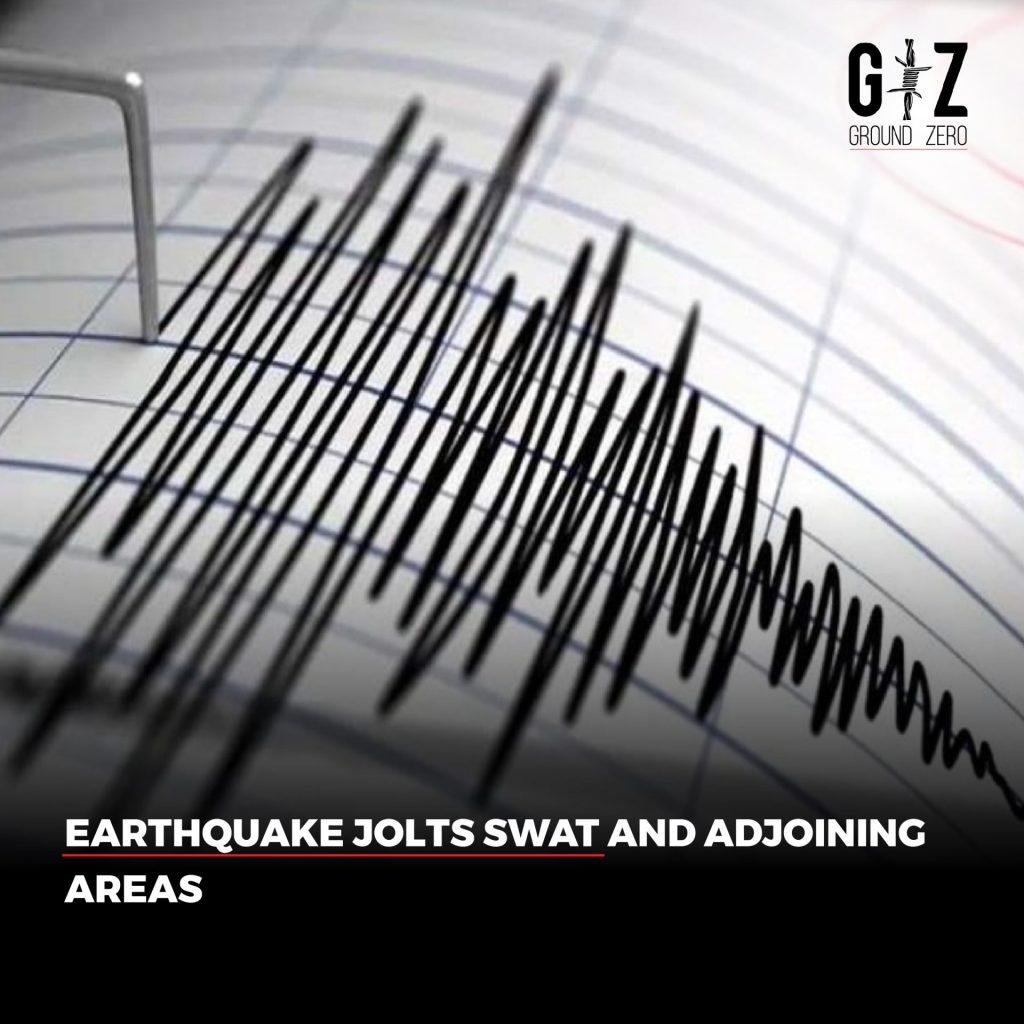On Sunday, an earthquake with a Richter scale of 4.4 struck Swat and surrounding regions. The National Seismic Monitoring Centre (NSMC) verified that Swat and other nearby locations experienced tremors. The epicenter of the earthquake, which had a measured depth of 139 kilometers, was located in the Hindukush mountain range.
A magnitude 6 earthquake earlier shook the twin cities of Islamabad and Rawalpindi, the Khyber Pakhtunkhwa province, and other districts.
Local residents, out of fear and panic, ran out of their homes to open space in the wee hours of Sunday morning after the temblor jolted the area.
Additionally, the Khyber Pakhtunkhwa province’s Swat, Peshawar, Buttgram, Upper Dir, Swabi, Mardan, and neighboring areas all experienced earthquake tremors.
In the districts of Lower Dir, Buner, Mohmand, and Charsadda in KP, earthquakes were also reported, according to the National Seismic Monitoring Center in Islamabad.
According to the National Seismic Monitoring Center, the earthquake’s intensity was measured at magnitude six on the Richter scale, and its epicenter was near the Afghan-Tajikistan border region.
Earlier this month, a series of earthquakes struck Afghanistan’s province of Herat. These powerful quakes have leveled whole villages, burying families and leaving thousands homeless. The tremors devastated at least 12 villages, with a death toll of more than 2000. About 1,200 people were injured and more than 1,300 houses were destroyed in the earthquakes.
Earthquakes are an unavoidable natural occurrence, and Swat and its adjoining areas are no exception. While it is impossible to predict when or where the next seismic event will occur, it is possible to prepare for it. The recent earthquake in Swat serves as a stark reminder of the importance of proactive earthquake preparedness, from strengthening buildings to creating emergency response plans. By taking such measures, communities can mitigate the impact of seismic events, protect lives, and expedite recovery in the aftermath of an earthquake.


